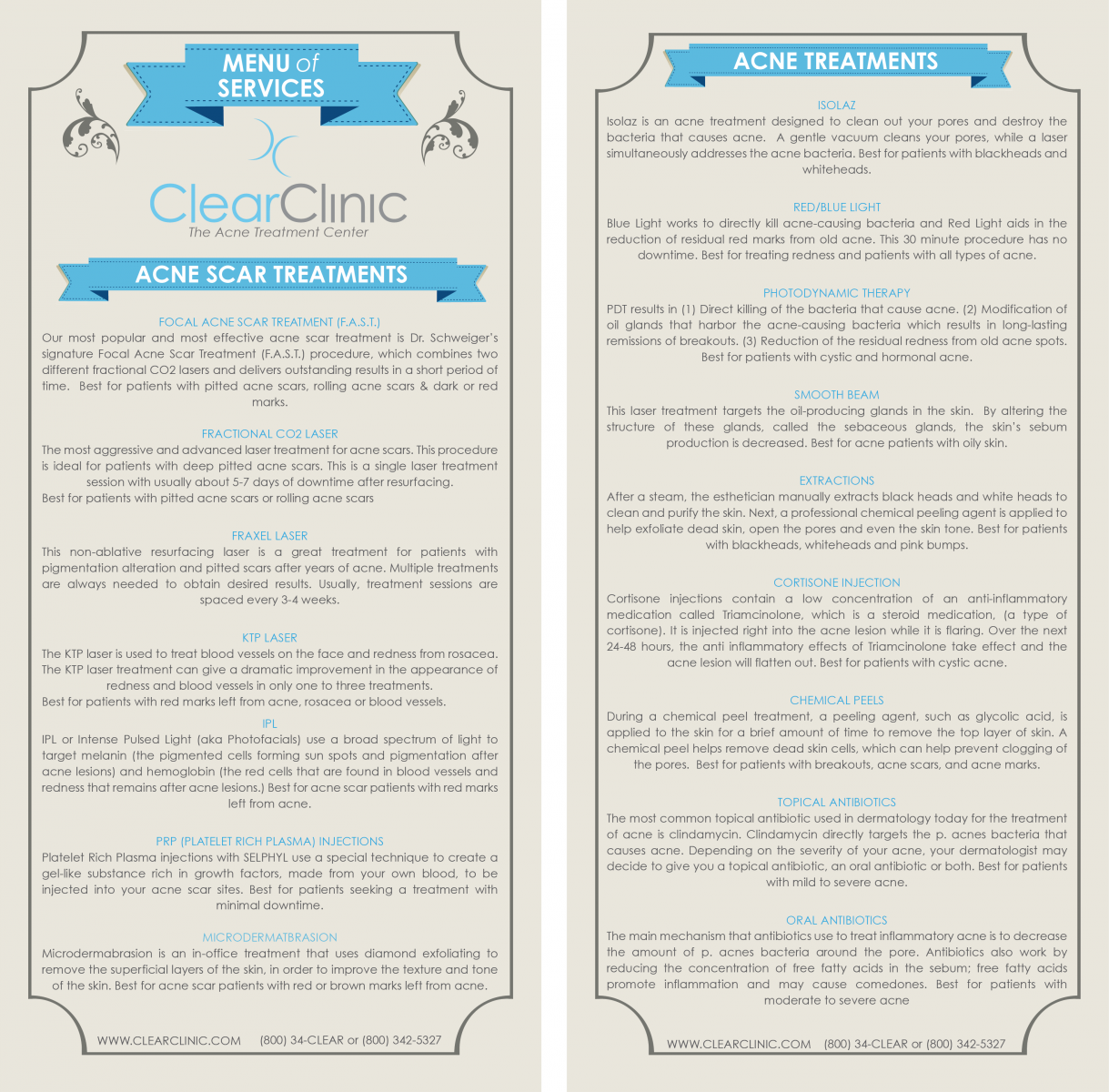Do Hormones Cause Acne?
Acne has many causes. If it was so simple as to only one one cause, anyone could treat acne effectively. At the Clear Clinic, we recognize that acne has numerous influencing factors, so treatment must be multifactorial. In addition to irregular skin cell regulation, formation of the microcomedone, and the p. acnes bacteria, hormones do play a role in the development of acne. Dr. Schweiger explains that, “Androgen hormones influence the development of acne in teenagers and adults, both women and men. There are androgen receptors that reside in the sebaceous glands of the skin. These sebaceous glands are the oil-producing glands, and when influenced by excess androgen hormones, they overproduce sebum in the pore.”
Overproduction of sebum causes pores to become plugged with excess sebum, which leads to the development of the microcomedone. This phenomenon attracts that p. acnes bacteria that ends up causing inflammatory acne. Do hormones cause acne? Yes, but we can still treat the acne before it causes permanent scarring. Hormonal acne is treated in many ways. Sometimes, blocking one step in this acne pathway is enough to combat the hormonal influence. In these cases, topical antibacterial medications (such as Duac, Benzaclin and Acanya) kill the p. acnes bacteria and gently help to unplug the clogged pore. In other cases, anti-androgen medications, such as Spironolactone or oral contraceptive pills, are used to counteract the androgenic influence. Lastly, in-office treatments, such as photodynamic therapy, can decrease the excess sebum production caused by increased androgen.
Other acne treatments include oral antibiotics (such as doxycycline and minocycline), topical retinoids (such as Atralin and Tazorac), Accutane, and other in-office acne treatments (such as medical extractions, Isolaz acne treatment, and red and blue LED light therapy.)

